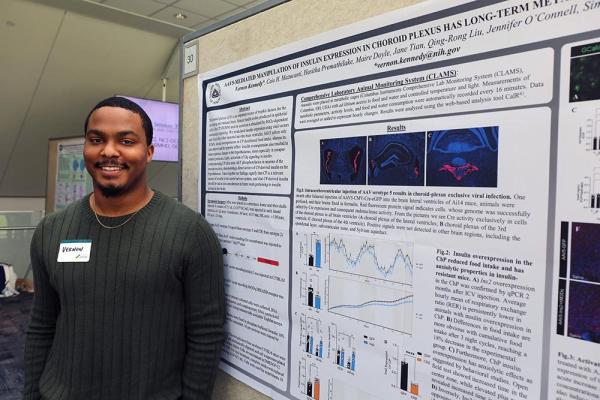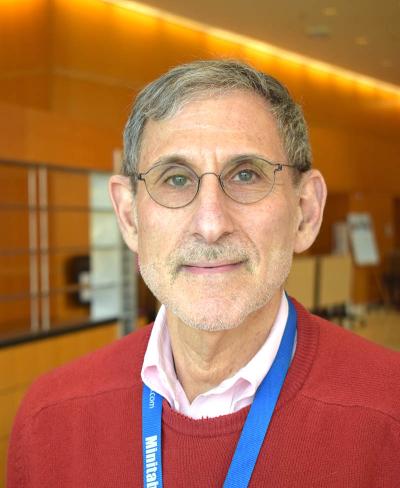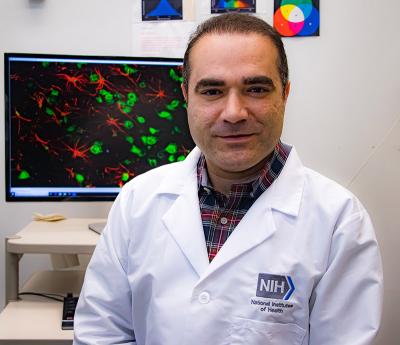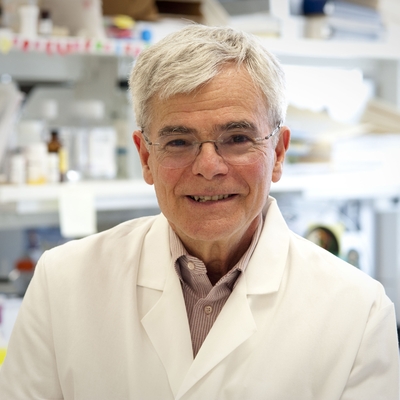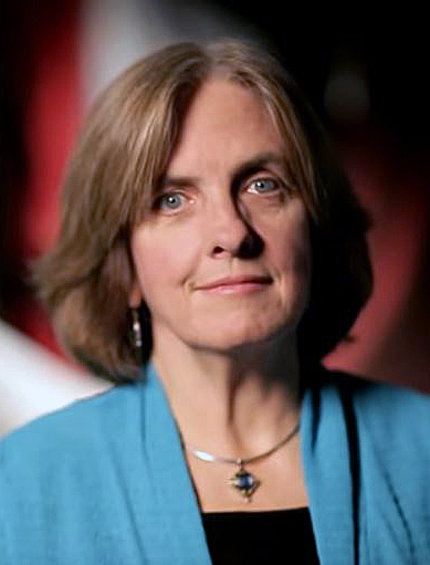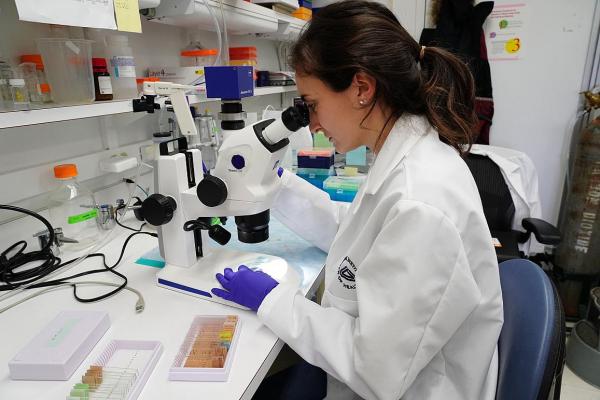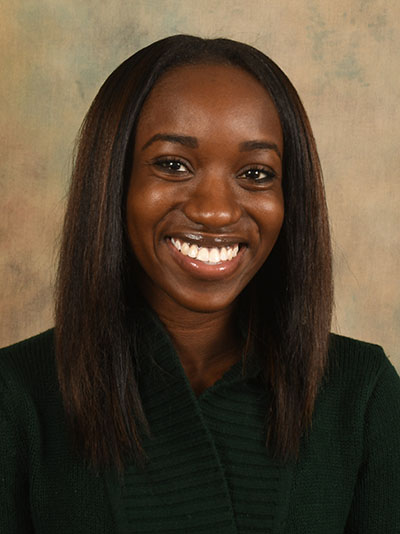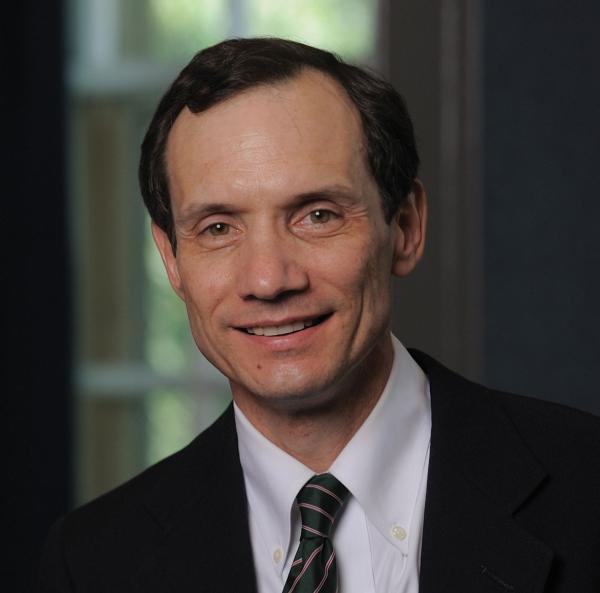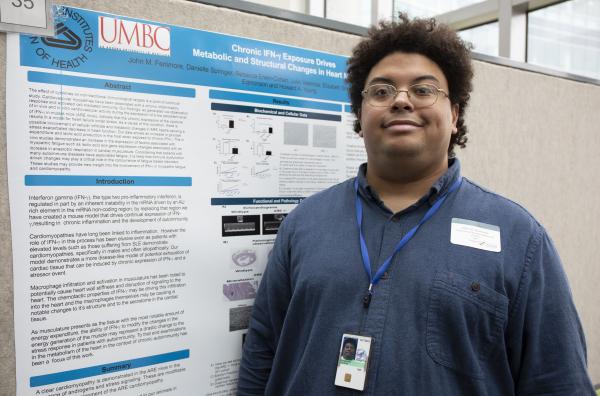Postbac Poster Day Returns to NIH Campus
Budding Scientists Assemble for First Time Since 2019
In many ways, working at NIH feels like being at a world-renowned university, complete with a variety of classes, intellectually stimulating lectures, social events, and opportunities for professional development. It’s no wonder, then, that NIH has long been a destination for young people who have just departed from their alma maters with their newly earned undergraduate degrees.
These new graduates come to the IRP to hone their scientific skills in NIH’s Postbac IRTA program, conducting research in IRP labs for one or two years under the expert guidance of the IRP’s seasoned investigators. The program also provides the opportunity once per year for participants to present the fruits of their efforts to all their IRP colleagues at Postbac Poster Day, and this year’s event on April 19 and 20 was the first to include an in-person component since 2019. Read on to learn about a few of the nearly 1,000 postbacs who showed off their research at this year’s event, which spanned fields from neuroscience and cancer to genetics and virtual reality.

